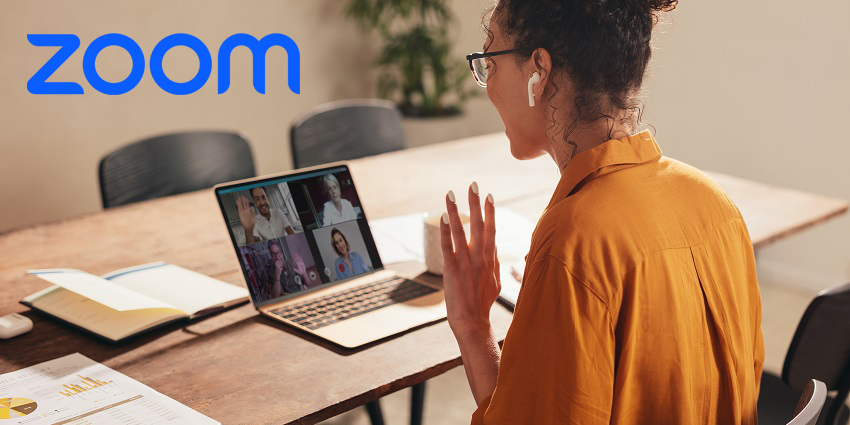WhatsApp is introducing the functionality for users to pin a message at the top of their chats for up to 30 days.
The latest feature update continues the messaging app’s 2023 ambition for refining its suitability for business communications and is rolling out now.
It functions by users pressing down for an extended duration on a message and then selecting “Pin”. Users can then opt whether the message is pinned for 30 days or 24 hours. Group chat admins can also make a pin visible only to other admins.
Any message can be pinned, whether text, a voice note, an image, a poll or a video.
Meta, WhatsApp’s parent company, highlighted that the feature echoes one its mobile Facebook Messenger app already includes.
2023: The Year WhatsApp Became Enterprise-Friendly
This year, WhatsApp has released several feature updates that have improved its business communications capabilities, with message pinning the cherry on top of the functionality cake.
Last month, WhatsApp launched an enterprise-friendly voice chat upgrade, allowing users to host large groups of up to 128 participants in audio calls.
Although similar to a group call, it aims to be less disruptive. Normal WhatsApp group calls ring every member of a WhatsApp group, while this new feature produces an in-chat bubble on each member’s screen that users can tap to join.
Users can use voice to converse with whichever participants can join while enabling them to continue messaging those who can’t in the group chat. Users can unmute, hang up or message the rest of the group without leaving the voice chat by selecting the call controls at the top of the chat screen.
WhatsApp states this option is only available on a user’s primary device, whether Android or iOS. Calls will automatically end the instant every participant leaves. Additionally, they end after an hour if no other participant joins the first or last person in the chat.
Voice chats on WhatsApp resemble the design of similar features on other UCC platforms like Discord, Slack and Telegram, empowering larger-than-normal groups of people to connect over voice chat. This could be applicable in business contexts, such as conferences, meetings or large-scale huddles.
In September, news broke that WhatsApp was working on enabling cross-platform messaging to comply with the EU’s Digital Markets Act, which passed earlier this year.
A WhatsApp for Android beta update (version 2.23.19.8) delivered in September included a “Third-party chats” screen. The screen wasn’t functional for users, but its existence effectively confirmed that Meta was working towards making WhatsApp cross-platform compatible.
Although it is possible that Meta would have decided against making WhatsApp cross-party compatible had the Digital Markets Act not forced its hand, it (perhaps accidentally) continues a 2023 trend of the end-to-end encrypted messaging platform becoming increasingly enterprise-friendly.
In August, WhatsApp introduced a call scheduling feature within group chats to bridge the gap to more traditional business communications and collaboration platforms like Microsoft Teams and Zoom.
The new feature enabled WhatsApp group users to plan calls and automatically notify the other participants, resulting in more convenient and efficient communication.
The feature allowed users to schedule calls by tapping the call button. Users could then add a call subject, schedule a call date, and select the type of group call, such as video or voice. After users confirm the scheduled group call data, an event will be automatically created in the group chat for other participants to see. Group members would then receive a notification 15 minutes before the call begins.
In May, WhatsApp rivalled other communication platforms like Teams by introducing a screen-sharing feature that allowed others to view a user’s phone screen while on a video call.
Screen sharing was already possible on Teams, Google Meet, and other traditional video conferencing platforms, but it signalled a significant step forward for WhatsApp, whose communications features had previously been relatively straightforward.
By tapping the screen sharing tab on the bottom navigation bar, which can be found between the flip camera and switch-off video icons, a message will pop up asking whether the user wants to “start recording or casting with WhatsApp?”. The user must then press the “Start now” button to start sharing their screen.
WhatsApp includes several other business-friendly features worth exploring, such as WhatsApp business catalogues, automated personalised messaging, instant video messages, and message editing.







